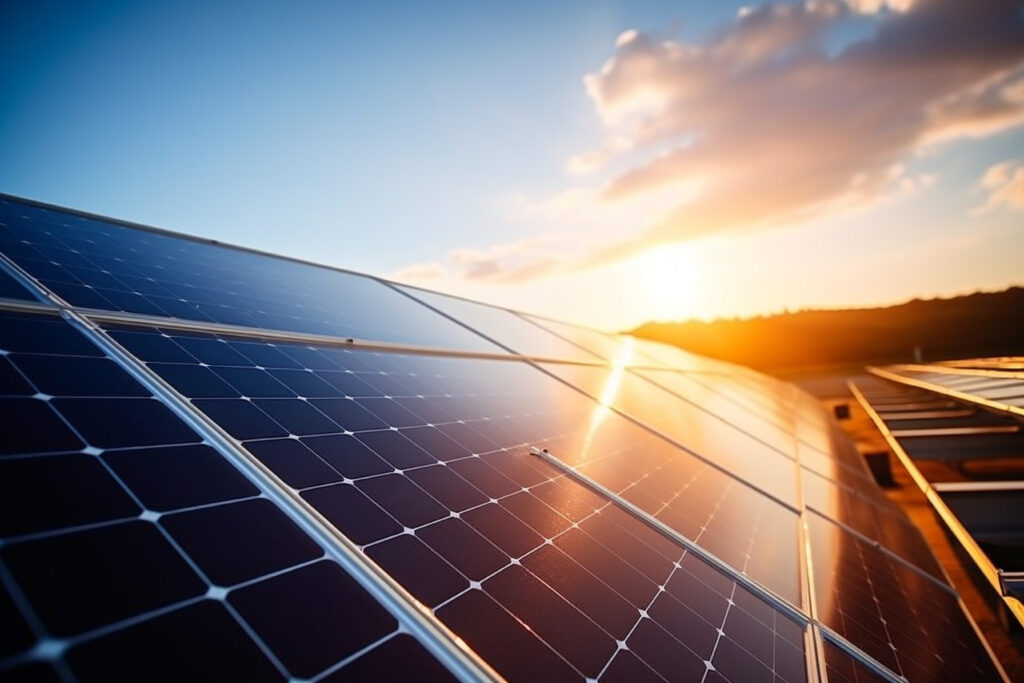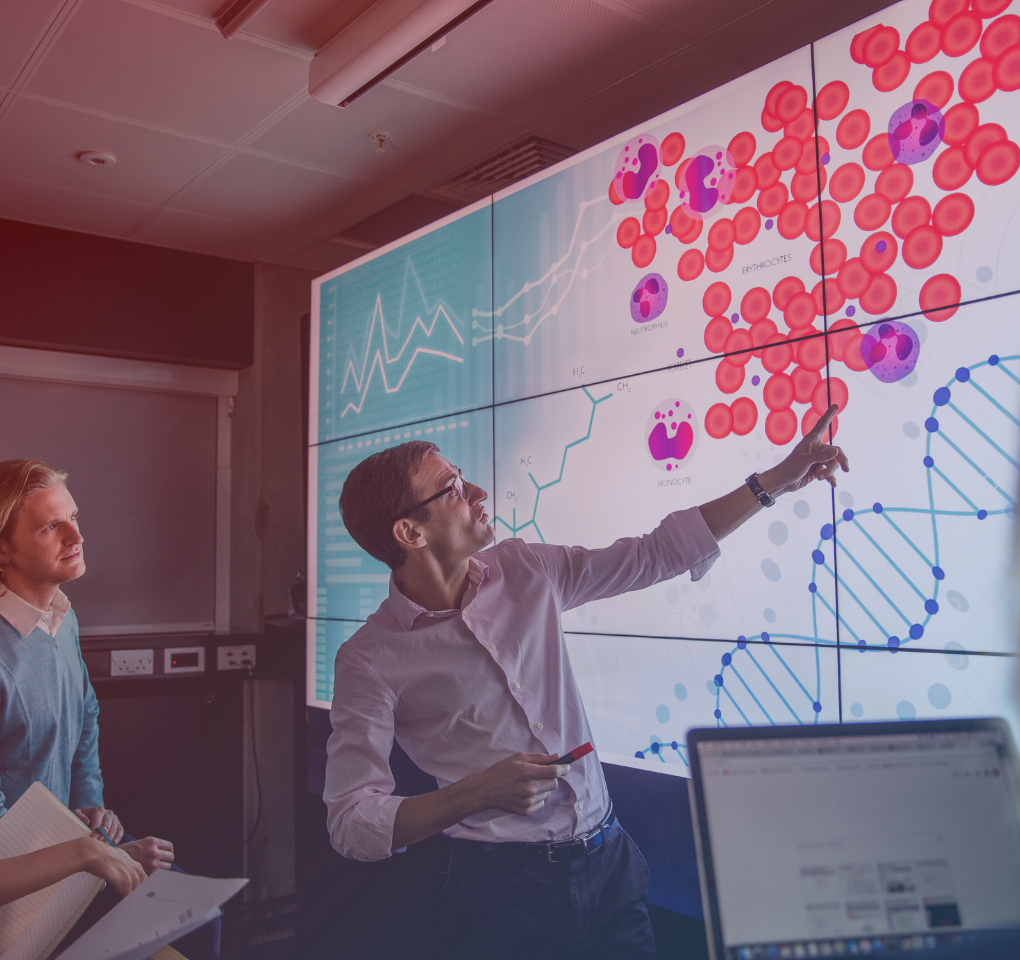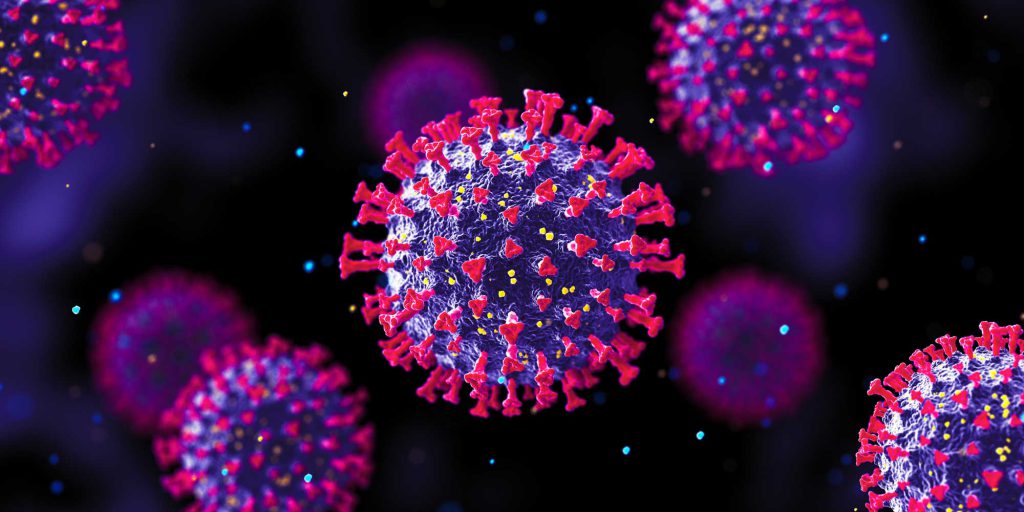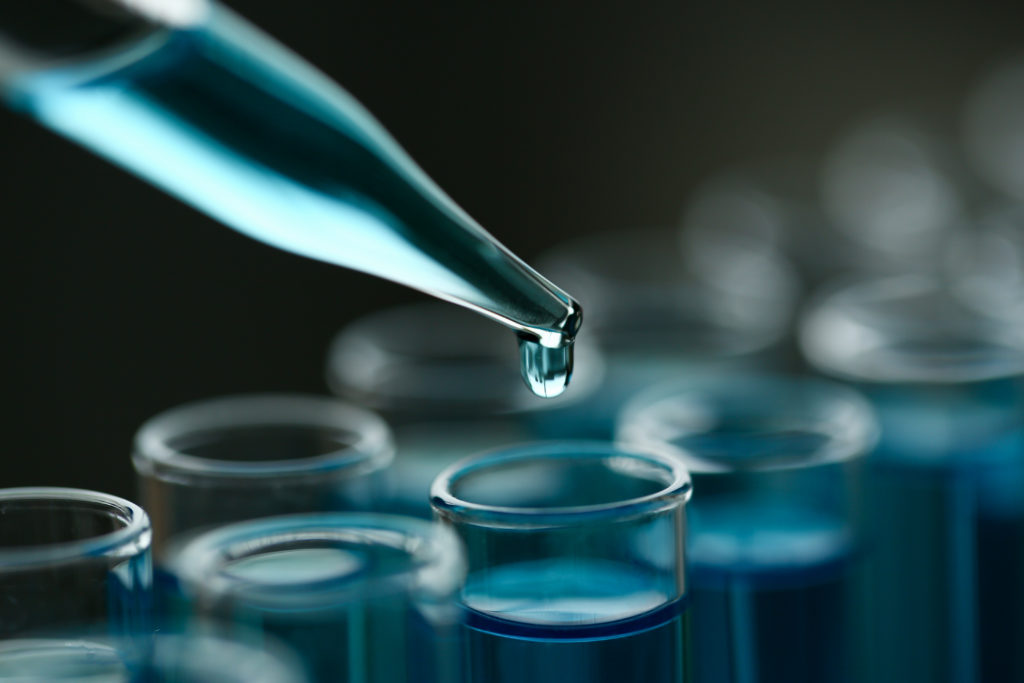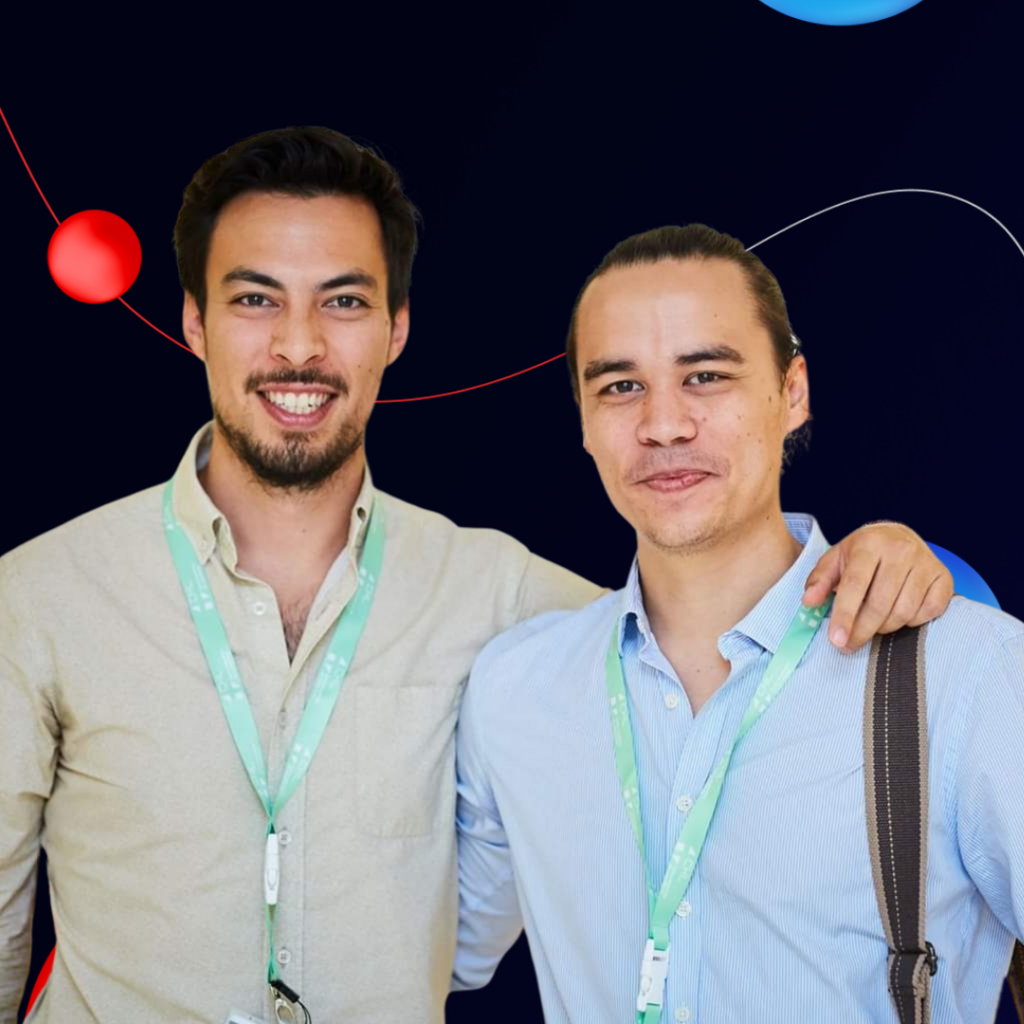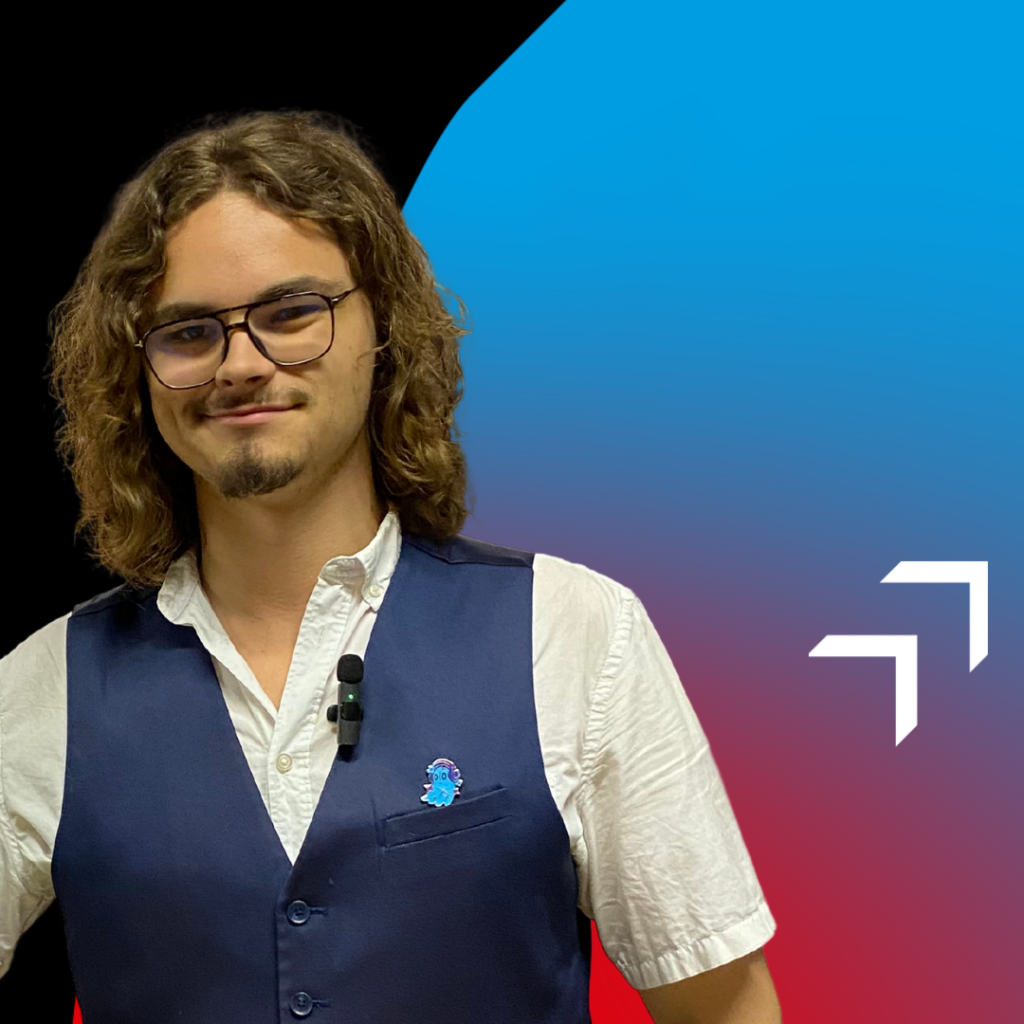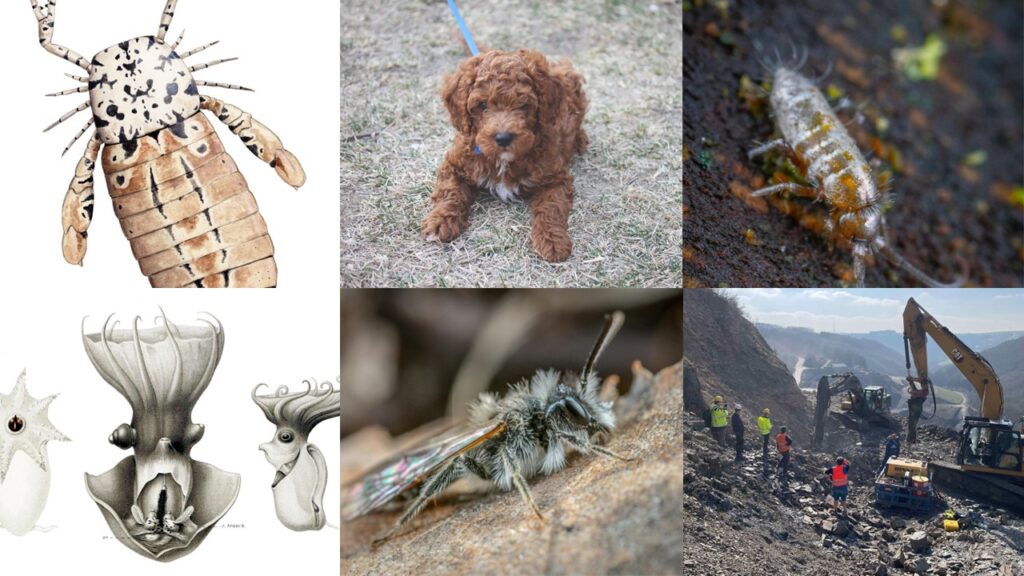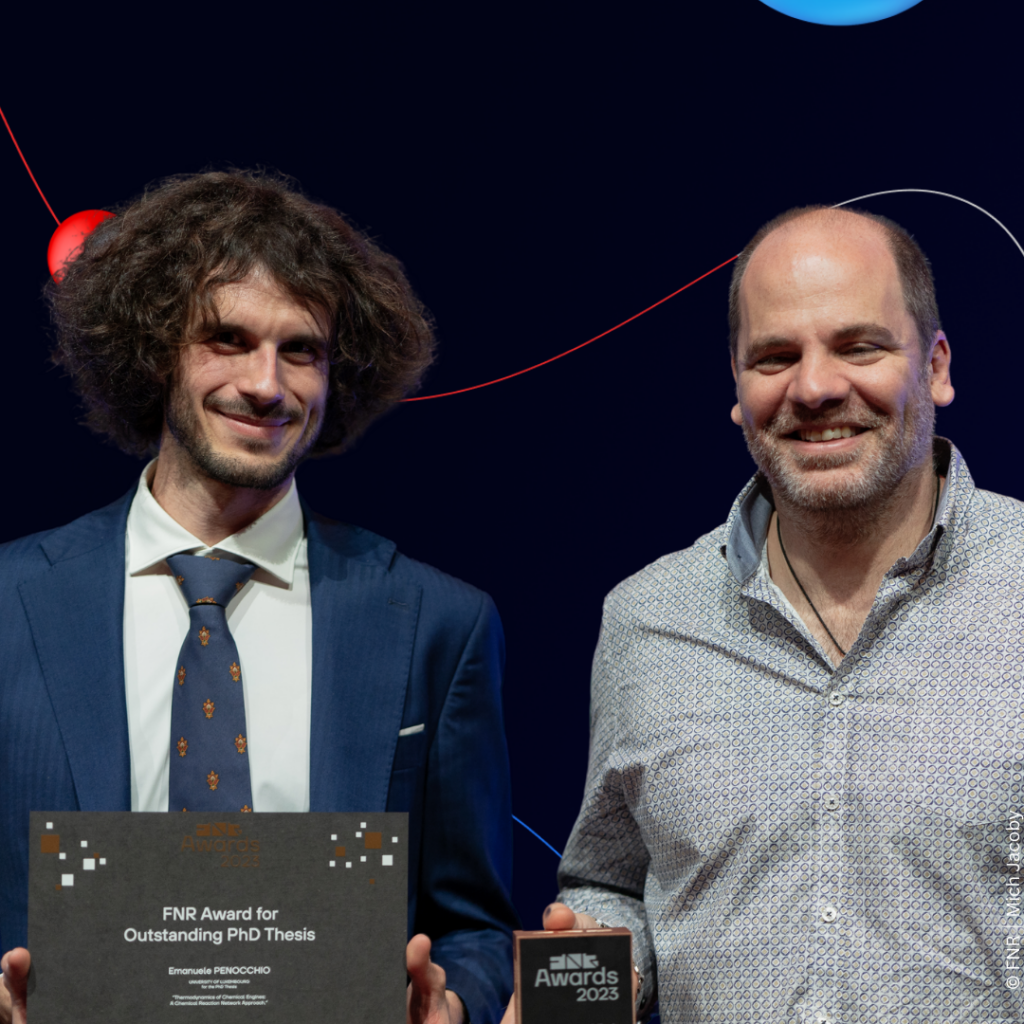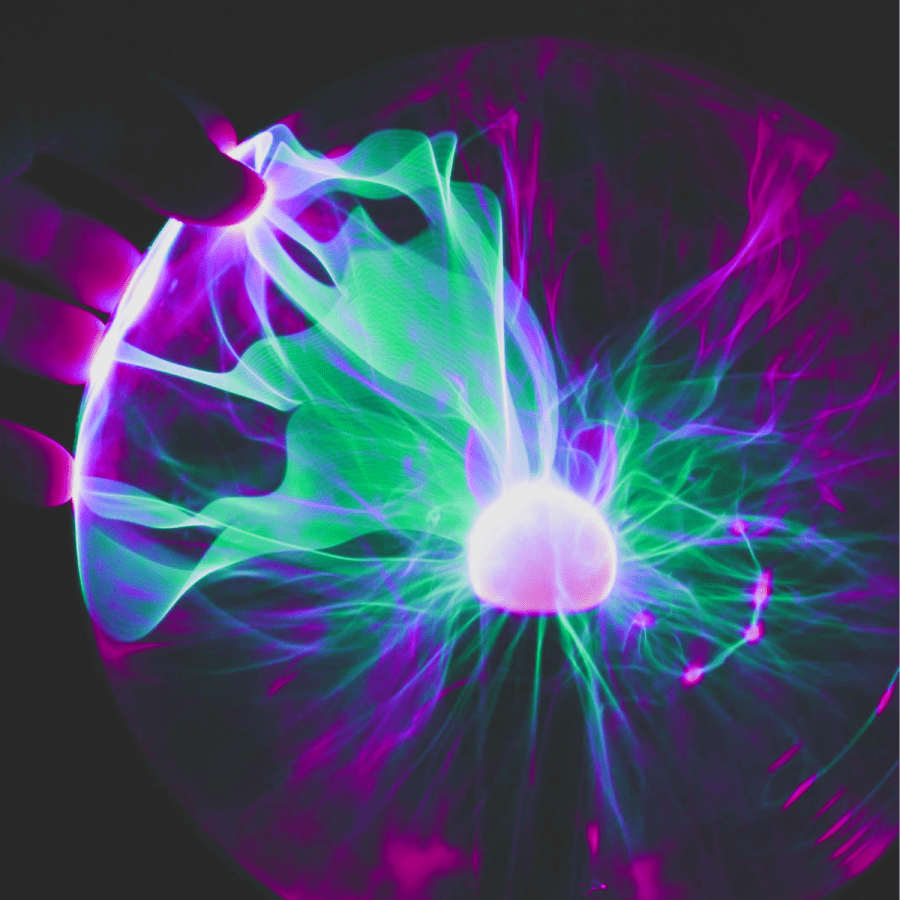10 selected Research Luxembourg results – August 2023
26 September 2023
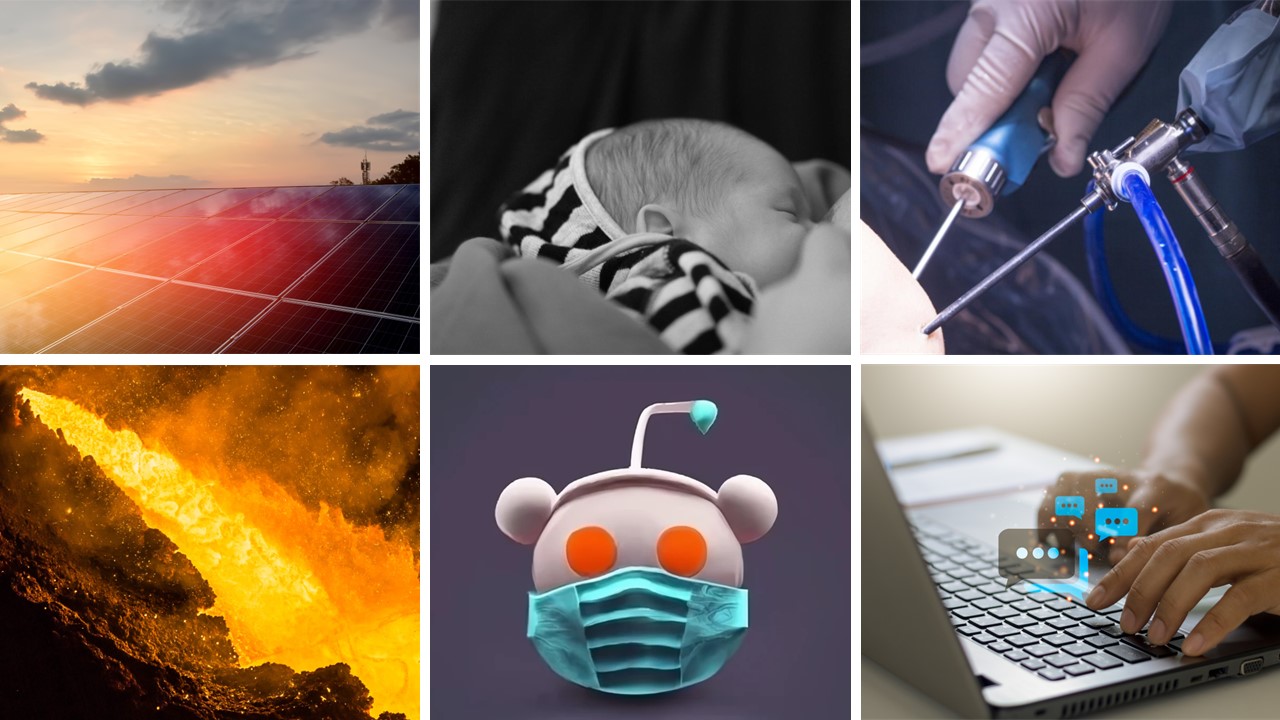
Luxembourg News in Science & Research
More efficient solar panels; the link between maternal diet and baby’s immunity; the inside of a blast furnace; a new surgical approach for meniscus repair: here are the latest scientific news updates from Luxembourg.
Flickr; Pixabay; Adobe Stock; Craiyon (Diane Bertel)
Are our European rivers in good health?
Luxembourg Institute of Science and Technology (LIST)
Over the past few decades, life in our European rivers has gradually recovered from a period of heavy industrialization and significant anthropogenic modifications. However, the regeneration of freshwater ecosystems appears to have mainly occurred before 2010.
In a major study published in Nature, an international team of researchers, including two scientists from LIST, indeed demonstrates a significant increase in biodiversity over the past 53 years, using invertebrates (such as mayflies) as indicators.
Freshwater communities downstream from dams, urban areas, and agricultural lands are said to have recovered more slowly. Fauna in areas where climate change is occurring more rapidly has also recorded lower increases in species abundance and diversity. Since 2010, progress towards recovery has stalled at many sites; 60% of monitored rivers are still in an unsatisfactory ecological state. So, there is still work to be done.
To the press release / To the publication
“Bloomin’Algae”: An App for Detecting Blue-Green Algae
Luxembourg Institute of Science and Technology (LIST)
A new free app, “Bloomin’Algae,” allows active participation in the study and monitoring of planktonic cyanobacteria, commonly – albeit mistakenly – referred to as “blue-green algae.”
Users of Luxembourg’s recreational waters (swimmers, walkers, athletes) can now report any proliferation of cyanobacteria through a free app developed by LIST. This is a citizen science project, meaning any interested citizen can participate in collecting scientific data.
Cyanobacteria, when present in large concentrations, produce dangerous toxins. They pose a risk not only to human and animal health but also to the aquatic ecosystem: the higher the intensity and duration of exposure, the greater the health risk.
To the press release / More information
What role does a mother’s diet play in a child’s immune system?
Luxembourg Institute of Health (LIH)
The richer a mother’s diet is in fibre, the more the immune system of the breastfed infant may benefit. This is what researchers from the “Nutrition, Microbiome, and Immunity” group at LIH have discovered.
The study showed that the mother’s diet significantly influences the composition of the baby’s gut bacteria, which, in turn, influences their immune development (immunity is closely related to the microbiome). Specifically, breast milk changes based on the fibre intake to promote or limit the proliferation of a gut bacterium named Akkermansia muciniphila. According to the study’s results, the abundance of this bacterium is linked to high proportions of immune cells.
These findings were featured in a cover article in the prestigious journal EMBO Molecular Medicine.
To the press release / To the publication
How to improve the efficiency of solar panels?
Luxembourg Institute of Science and Technology (LIST)
A jump from 29% to 31%: what may initially seem rather modest is actually a significant breakthrough in energy research. 29% is the current theoretical limit for the efficiency of silicon photovoltaic cells. 31% is the efficiency achieved by an international team, including two researchers from LIST, through a restructuring of the cells’ surface.
To achieve this, the researchers stacked silicon and perovskite cells in tandem structures. Perovskite is a mineral with a crystalline structure resembling a cubic cage made of metal ions. The article was published in the prestigious journal Science.
The next step is to improve the long-term stability, and real-world performance, of these tandem cells to make them a sustainable energy solution.
To the press release / To the publication
What exactly happens in a blast furnace in operation?
Department of Science, Technology and Medicine (FSTM) – University of Luxembourg
To produce steel, coke and iron ore must be burned in a blast furnace at temperatures exceeding 1,200 degrees Celsius. In order to analyse – and potentially improve – this highly complex process, scientists and engineers at the University of Luxembourg have developed advanced multi-physics simulation technology; this form of numerical modelling allows the simultaneous integration of several areas of physics: thermodynamics, fluid mechanics, etc.
The blast furnace, a key element of the steel industry, is known to be very energy intensive. Any improvement in the production chain of raw iron has the potential to significantly reduce the carbon footprint.
A better understanding of such processes allows moving away from empirical practices and considering informed environmental solutions.
To the press release / To the publication
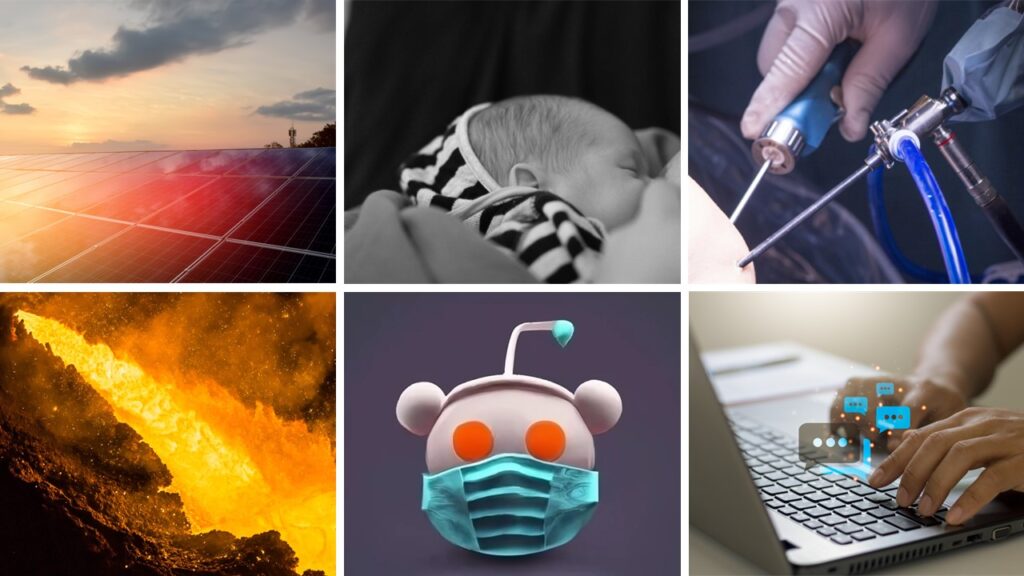
How Reddit Helps Us Better Understand Long Covid
Luxembourg Institute of Health (LIH)
To better understand the experiences of Long Covid patients, researchers at LIH used the Reddit platform, specifically analysing around 27,216 messages shared on dedicated forums between 2020 and 2022.
Dr. Guy Fagherazzi’s team from the “Deep Digital Phenotyping Research Unit” systematically analysed these messages: natural language processing, clustering techniques, and a lexicon of Long Covid symptoms were used to extract various symptoms, allowing for cataloguing of co-occurrences and correlations among them. High rates of co-occurrence were observed between fatigue, pain, consciousness disorders, headaches, and anxiety. Fatigue, unsurprisingly, remained the most frequently mentioned symptom.
Such an approach could be employed in the future for other poorly understood diseases with multiple symptoms.
Can you detect if a text has been generated by ChatGPT?
Interdisciplinary Centre for Security, Reliability and Trust (SnT), Université du Luxembourg
Texts generated by an AI like ChatGPT are nearly impossible to distinguish from human-written text, and this poses a problem. In a recent article, researchers from the University of Luxembourg discuss possible means to achieve this. They briefly present each text recognition tool, its strengths, and its limitations.
For now, no algorithm can reliably detect non-human-generated texts. Even OpenAI removed the “AI classifier” tool just a few months after its launch. The reason is that only 26% of English texts were adequately recognised as being generated by AI. Other tools like “GPTZero” are somewhat more effective, but none can definitively guard against potential fraud.
Another possibility could be embedding secret patterns in the generated texts, known as “watermarking,” which can be detected by computers only.
To the press release / To the publication
A New Surgical Approach for Meniscus Repair
Centre Hospitalier de Luxembourg (CHL)
The meniscus, those small cushions located in the knee between the femur and tibia, are essential for smooth mobility. They serve as wedges and shock absorbers in the knee joint and are extremely challenging to repair once damaged. A team of surgeons from CHL is now presenting their experiences with a new arthroscopic repair technique. In an informative and visual article, they include videos of the surgical technique used and the results obtained.
According to the authors, a second row of sutures to repair the injury appears to promote anatomical healing and restoration of mechanical properties compared to standard single-row repair.
Due to its anatomy, this type of injury is very common in knee traumas, often causing troublesome consequences for patients, such as accelerated cartilage degeneration, hyperlaxity, and chronic pain.
A New Piece in the Puzzle of Skin Cancer Resistance
Faculty of Science, Technology and Medicine (FSTM) – University of Luxembourg, Luxembourg Centre for Systems Biomedicine (LCSB), Laboratoire National de Santé (LNS)
A group of researchers from the University of Luxembourg has dissected the mechanisms of treatment resistance in certain melanomas (skin cancers). Their discovery could extend the effectiveness of current therapies.
The researchers found that the presence of an ion channel (a “gate” on the surface of cells) is transiently increased in some cancer cells under treatment. If this increase could be maintained, the therapeutic effectiveness might be prolonged. They made this discovery in a particular form of melanoma that has alterations in a gene called NRAS, making the tumour very aggressive. The incidence of this type of cancer continues to rise, especially in elderly individuals exposed to the sun.
Melanoma is characterised by its propensity to frequently mutate due to its exposure to UV radiation. This presents a major challenge to single therapeutic approaches.
To the press release / To the publication
How is tourism in Luxembourg faring?
STATEC publishes a statistical yearbook of tourism. Here are some insights.
In 2022, Luxembourgers made 3 million trips, of which 89% are considered “leisure trips.” Car travel dominates: in 2022, 54% of leisure trips were made by private car, which is 5 points higher than in 2019. These figures are particularly interesting in the context of the debate on green mobility.
Since 2019, there has been a relative decline in the share of air travel, but in absolute terms, air travel – like all other forms of travel – has increased by 12% in 3 years. Travel by train and bus remains marginal (6% and 2%, respectively).
And tourism in Luxembourg itself? Overall, in 2022, visitor numbers are back to pre-pandemic levels.
To the publication (in French)
Author: Diane Bertel

